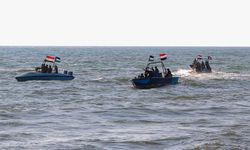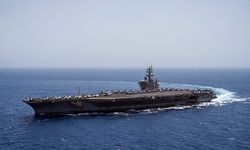The Royal Australian Navy aims to increase its major surface warships to a total of 26, according to a government statement. An independent review, led by a retired US Navy admiral, concluded that the current and planned surface combatant fleet is inadequate for the strategic challenges faced by Australia.
"A strong Australia relies on a strong navy, one that is equipped to conduct diplomacy in our region, deter potential adversaries, and defend our national interests when called," stated Australian Chief of Navy Vice Adm. Mark Hammond.
The expansion plan includes adding 20 destroyers and frigates, along with six Large Optionally Crewed Surface Vessels (LOSVs) that can operate with sailors aboard or independently as drones. These vessels will complement the fleet of nuclear-powered submarines being built under the AUKUS pact with the United States and the United Kingdom.
While the government statement does not explicitly mention China, analysts suggest the move is a response to the growing naval capabilities of China and its assertiveness in territorial claims. Jennifer Parker, an adjunct fellow in naval studies, highlighted concerns about the strategic circumstances in the Indo-Pacific.
Upon completion in the mid-2040s, the naval buildup will include upgraded Hobart-class guided-missile destroyers, new Hunter-class frigates, general-purpose frigates, and the LOSVs with Vertical Launching System (VLS) cells for missiles. Additionally, 25 smaller vessels will be deployed for offshore patrol and maritime security duties.
Despite criticism from opposition lawmaker Andrew Hastie regarding the timeline of the plan, the government emphasized the economic benefits of the naval expansion, stating it would create thousands of jobs in the shipbuilding industry.
The plan also addresses concerns about crewing the expanded fleet, with the government asserting that technology and automation will minimize the need for a significant increase in crew complement.






